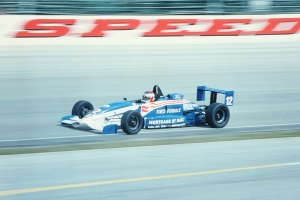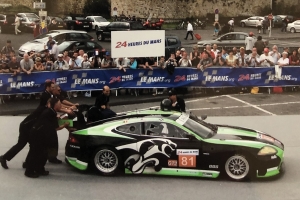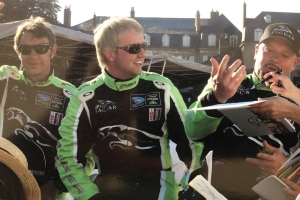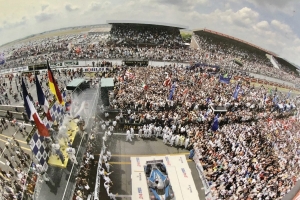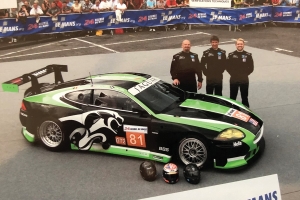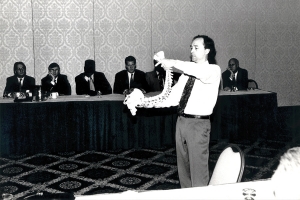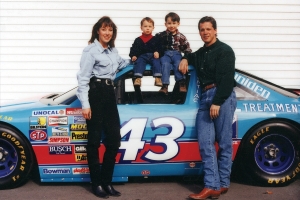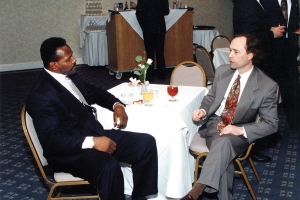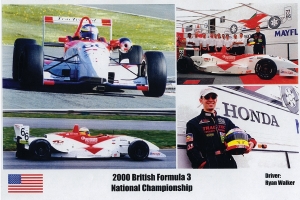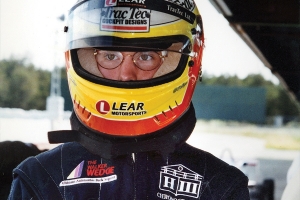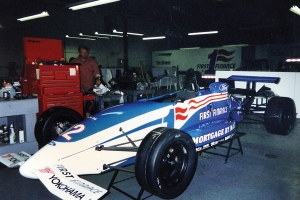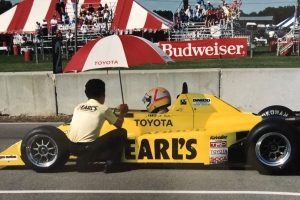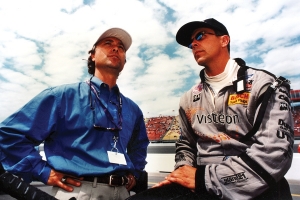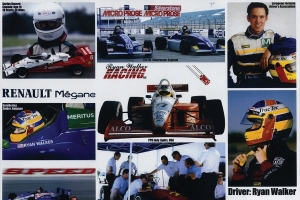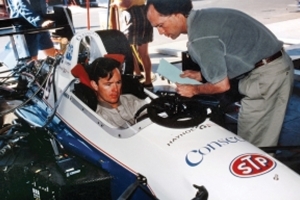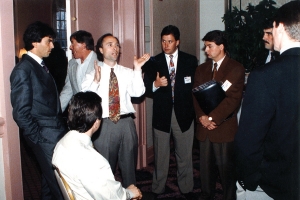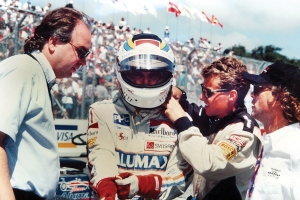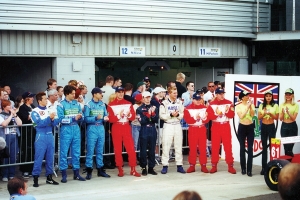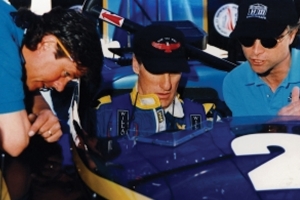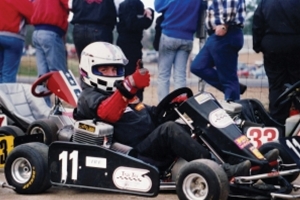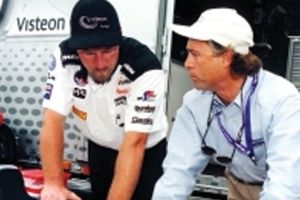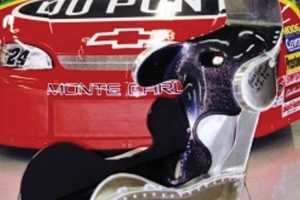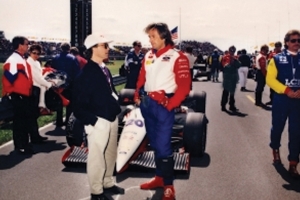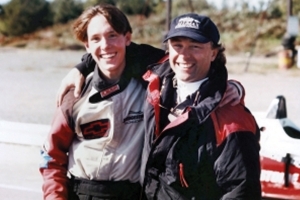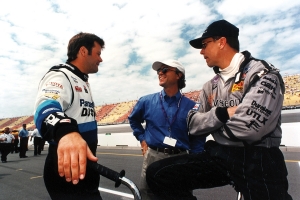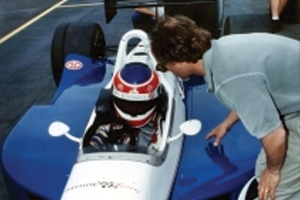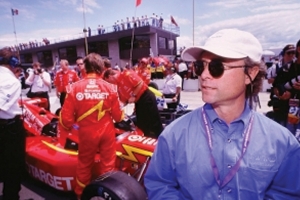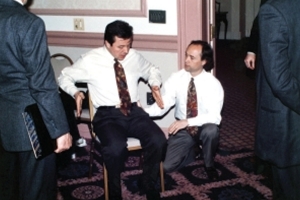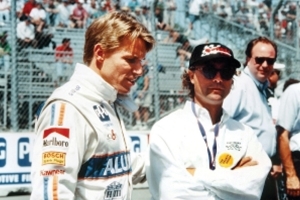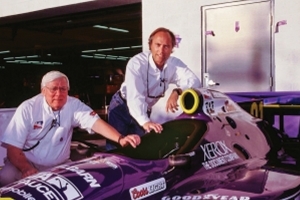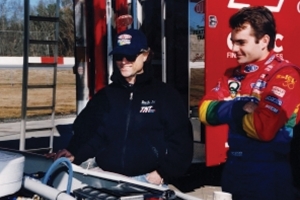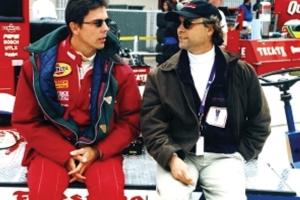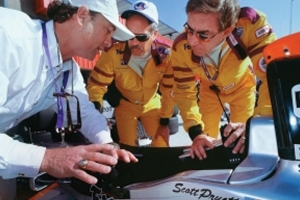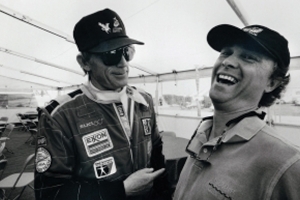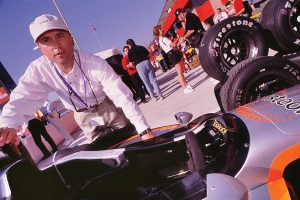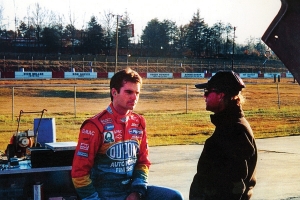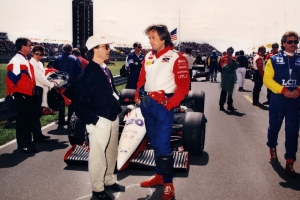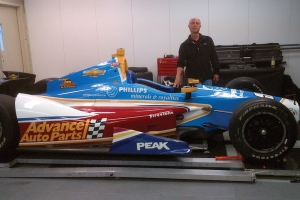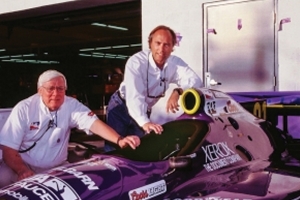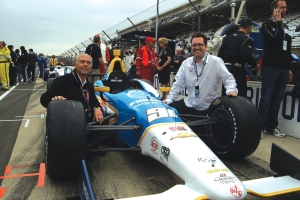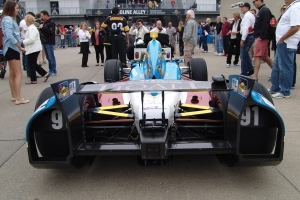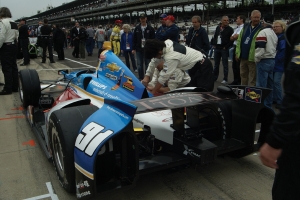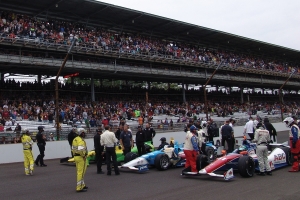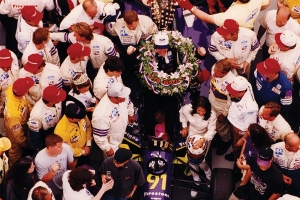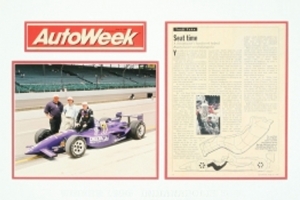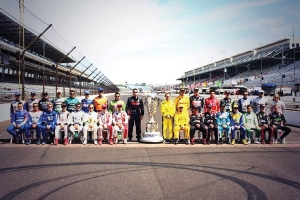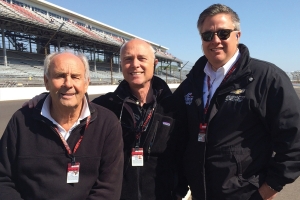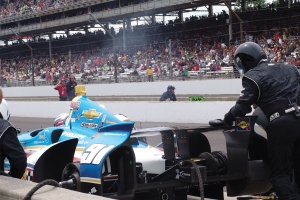the Way You Perform
Innovations in Driver Performance and Safety

Dr. Brock Walker transferred his knowledge of medical science to the racetrack by designing customized seats and cockpit environments that were personal to each driver. The innovations represented a novel marriage between medical & material science. Each driver's environment was personalized to help them reach maximum athletic performance. At 200 mph plus, from the custom seat, headrest, steering wheel and pedals, Dr. Brock Walker's Medically-Engineered Designs™ modernized the way the industry looked at design and safety.
Spotlight: Custom Seat Design for Buddy Lazier
Excerpt from Speed Secrets: Professional Race Driving Techniques by Ross Bently.
“Dr. Brock Walker of TracTec is the most knowledgeable person in the world on race car cockpit safety and design.”
Ross Bently
(Dr. Brock Walker recalls)’In the spring of 1996 I stopped at Long Beach on my way to Asia and I ran into Buddy Lazier’s father, Bob. He told me that Buddy could use some help in designing a special seat for the Indy 500, which was to take place in a few weeks. ‘A special seat?’ I thought, ‘that would be the understatement of the year!’ A few weeks earlier Buddy had been involved in a serious accident at Phoenix. Multiple fractures in the lower spine left Buddy quite disabled.
So, I went to Indianapolis to build Buddy a seat. I decided that if I was going to participate in this venture, I would really get creative because Buddy couldn’t stand, or lay down, for that matter. The whole team pitched in and allowed me access to the cockpit. We kicked some butt over the next few days. When we finished, I was a little unsure of the project. All I knew for sure was that when I arrived, Buddy couldn’t rest standing, sitting, or lying. When I left the track a few days prior to the race, we would find him with his eyes closed, resting in the seat. This was a good sign, but I knew the related medical problems would probably overrule everything else. In fact, I thought that if all went well during the race, Buddy could do no more than 50 or 60 laps because he was experiencing intense, even disabling, levels of pain.
Buddy went on to win the 1996 Indianapolis 500. Data acquisition allows us to analyze and compare 1996 car and driver performance to previous Indy 500 winners. The computer verified that Buddy Lazier would have been a hard man to beat that day, no matter who was on the track.
Since then, much has been reported about this special seat, and it is primarily responsible for much of the attention given motorsport seating safety today. Preparation, luck, and skill need to be present in order to win the 500. On this day, a special seat fit into the winning equation.’
Back to Collaborations & Innovations
Favorite Pics
- DR. BROCK WALKER











